East Timor’s islands sit at a biogeographic crossroads where Sundaic and Australasian lineages meet, creating a compact but varied set of habitats from mangroves and lowland forest to upland ridges. That mix makes the country a rewarding place to study regional biodiversity and species with restricted ranges.
There are 50 East Timor’s native animals, ranging from the Asian Common Toad to the Yellow-crested Cockatoo. For each species, you’ll find below a concise row listing Scientific name, Endemic (Yes/No), and IUCN status to help you compare range and conservation concern — see the full list below.
How can I tell which species are unique to East Timor?
Check the Endemic (Yes/No) column: “Yes” indicates a species currently known only from East Timor. Use that with the Scientific name to cross-reference field guides and museum records; endemic species often need targeted habitat protection, so prioritizing them helps conservation planning.
What should I learn from the IUCN status column?
IUCN categories indicate global risk (e.g., Vulnerable, Endangered, Data Deficient). A threatened listing flags species that may need protection locally, while Data Deficient signals limited information — both warrant caution when observing or planning research, and consulting local conservation authorities is advised.
East Timor’s Native Animals
| Name | Scientific name | Endemic (Yes/No) | IUCN status |
|---|---|---|---|
| Timor Shrew | Crocidura tenuis | Yes, endemic to Timor island. | Data Deficient |
| Timor Rat | Rattus timorensis | Yes, endemic to Timor island. | Data Deficient |
| Canut’s Horseshoe Bat | Rhinolophus canuti | No | Vulnerable |
| Timor Leaf-nosed Bat | Hipposideros crumeniferus | No | Least Concern |
| Dugong | Dugong dugon | No | Vulnerable |
| Spinner Dolphin | Stenella longirostris | No | Least Concern |
| Humpback Whale | Megaptera novaeangliae | No | Least Concern |
| Blainville’s Beaked Whale | Mesoplodon densirostris | No | Least Concern |
| Timor Imperial Pigeon | Ducula cineracea | Yes, endemic to Timor and Wetar islands. | Near Threatened |
| Timor Green Pigeon | Treron psittaceus | Yes, endemic to Timor and Semau islands. | Endangered |
| Timor Sparrow | Padda fuscata | Yes, endemic to Timor and Rote islands. | Near Threatened |
| Timor Friarbird | Philemon inornatus | Yes, endemic to Timor and nearby islands. | Least Concern |
| Timor Bush Warbler | Locustella timorensis | Yes, endemic to Timor island. | Least Concern |
| Timor Leaf Warbler | Phylloscopus presbytes | Yes, endemic to Timor and nearby islands. | Least Concern |
| Olive-headed Lorikeet | Trichoglossus euteles | Yes, endemic to Timor and nearby islands. | Least Concern |
| Iris Lorikeet | Psitteuteles iris | Yes, endemic to Timor and Wetar islands. | Near Threatened |
| Yellow-crested Cockatoo | Cacatua sulphurea parvula | Yes, subspecies is endemic to Timor and nearby islands. | Critically Endangered |
| Wetar Ground Dove | Pampusana hoedtii | Yes, endemic to Timor and Wetar islands. | Endangered |
| Timor Figbird | Sphecotheres viridis | Yes, endemic to Timor and Rote islands. | Least Concern |
| Orange-banded Thrush | Geokichla peronii | Yes, endemic to Timor and nearby islands. | Near Threatened |
| Timor Blue Flycatcher | Cyornis hyacinthinus | Yes, endemic to Timor and nearby islands. | Least Concern |
| Black-breasted Myzomela | Myzomela vulnerata | Yes, endemic to Timor and nearby islands. | Least Concern |
| Streaky-breasted Honeyeater | Meliphaga reticulata | Yes, endemic to Timor island. | Least Concern |
| Fawn-breasted Whistler | Pachycephala orpheus | Yes, endemic to Timor and nearby islands. | Least Concern |
| Timor Stubtail | Urosphena subulata | Yes, endemic to Timor and nearby islands. | Least Concern |
| Saltwater Crocodile | Crocodylus porosus | No | Least Concern |
| Timor Snake-necked Turtle | Chelodina mccordi timorensis | Yes, subspecies is endemic to Timor-Leste. | Critically Endangered (as species) |
| Green Sea Turtle | Chelonia mydas | No | Endangered |
| Hawksbill Sea Turtle | Eretmochelys imbricata | No | Critically Endangered |
| Timor Python | Malayopython timoriensis | No, also on Flores. | Not Evaluated |
| Island Pit Viper | Trimeresurus insularis | No | Least Concern |
| Timor Monitor | Varanus timorensis | No, also on Savu and Rote. | Not Evaluated |
| Emerald Tree Skink | Lamprolepis smaragdina | No | Least Concern |
| Timor Ground Skink | Eremiascincus timorensis | Yes, endemic to Timor island. | Not Evaluated |
| Keeled Slug Snake | Pareas carinatus | No | Least Concern |
| Timor Tree Frog | Litoria everetti | No | Least Concern |
| Rice-paddy Frog | Fejervarya limnocharis | No | Least Concern |
| Asian Common Toad | Duttaphrynus melanostictus | No | Least Concern |
| Clown Anemonefish | Amphiprion percula | No | Least Concern |
| Oceanic Manta Ray | Manta birostris | No | Endangered |
| Whale Shark | Rhincodon typus | No | Endangered |
| Humphead Wrasse | Cheilinus undulatus | No | Endangered |
| Bumphead Parrotfish | Bolbometopon muricatum | No | Vulnerable |
| Giant Trevally | Caranx ignobilis | No | Least Concern |
| Dogtooth Tuna | Gymnosarda unicolor | No | Least Concern |
| Blue-ringed Octopus | Hapalochlaena lunulata | No | Not Evaluated |
| Giant Clam | Tridacna gigas | No | Vulnerable |
| Coconut Crab | Birgus latro | No | Vulnerable |
| Timor Swallowtail | Papilio demolion timorensis | Yes, subspecies is endemic to Timor. | Least Concern (as species) |
| Crown-of-thorns Starfish | Acanthaster planci | No | Least Concern |
Images and Descriptions
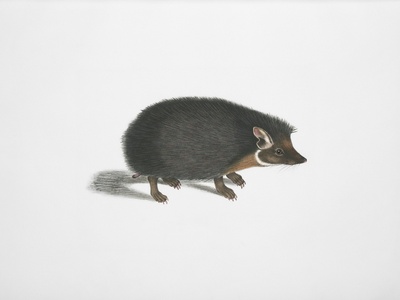
Timor Shrew
A tiny, mouse-like mammal with a long snout, inhabiting Timor’s montane forests. Rarely seen due to its secretive nature, it represents the island’s unique and poorly understood native fauna, likely found near Mount Ramelau.

Timor Rat
A native rodent known only from a few specimens collected in the mountains of West Timor. Its presence in East Timor is presumed but unconfirmed, highlighting the vast gaps in knowledge about the country’s native mammals.
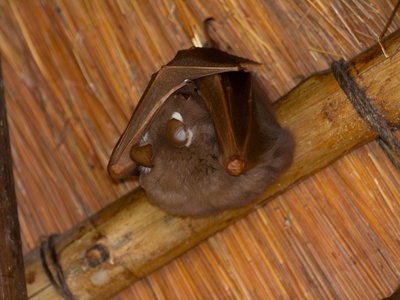
Canut’s Horseshoe Bat
A cave-dwelling insectivorous bat with a complex horseshoe-shaped noseleaf. Found across the Lesser Sundas, it roosts in limestone caves and forages in nearby forests. Its populations are threatened by disturbance to roosting sites.
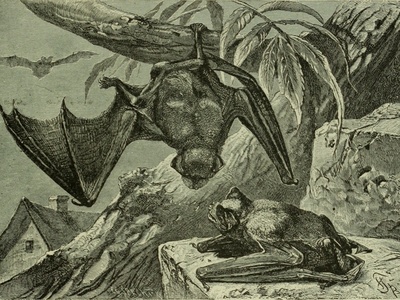
Timor Leaf-nosed Bat
A common bat found in caves throughout Timor-Leste. It forms large colonies and is an important insect predator. Look for them emerging at dusk from caves in areas like Nino Konis Santana National Park.

Dugong
This large, herbivorous marine mammal, or ‘sea cow’, feeds on seagrass in shallow coastal waters. Atauro Island’s protected marine park and the northern coast offer crucial habitats and potential sighting opportunities for this gentle giant.

Spinner Dolphin
Famed for its acrobatic leaps and spins, this dolphin travels in large pods in deep offshore waters. Commonly sighted on boat trips between Dili and Atauro Island, offering a spectacular wildlife encounter for marine tourists.

Humpback Whale
These magnificent whales migrate through the deep-water Wetar and Ombai Straits between September and December. Boat-based whale watching tours from Dili provide a world-class opportunity to see them breaching and nursing their calves.

Blainville’s Beaked Whale
A mysterious deep-diving whale inhabiting the profound trenches north of Timor-Leste. While rarely seen, the Ombai-Wetar Straits are a global hotspot for this and other cetacean species, attracting researchers and dedicated whale watchers.
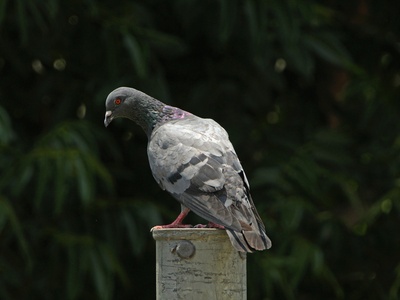
Timor Imperial Pigeon
A large, elegant grey pigeon found in high-altitude forests above 1,000 meters. Its booming call echoes through the montane forests of Mount Ramelau, a key site for birdwatchers seeking this impressive island endemic.

Timor Green Pigeon
A beautiful, brightly colored pigeon threatened by habitat loss. It inhabits lowland monsoon forests, especially in Nino Konis Santana National Park. Its green plumage provides excellent camouflage as it feeds on fruit in the canopy.
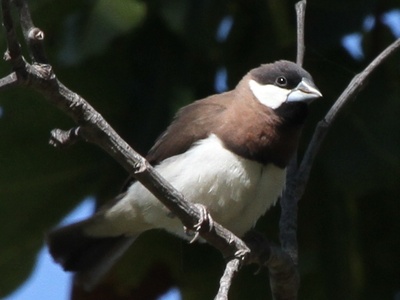
Timor Sparrow
Also known as the Timor Finch, this small, sociable bird has a dark head and pale belly. Look for it in grassy lowlands and agricultural areas, often near human settlements. Its population is declining due to the cage-bird trade.

Timor Friarbird
A large, noisy honeyeater with distinctive bare facial skin. It is common and adaptable, found in a wide range of habitats from forests to gardens across the country. Its loud, gurgling calls are a familiar sound.
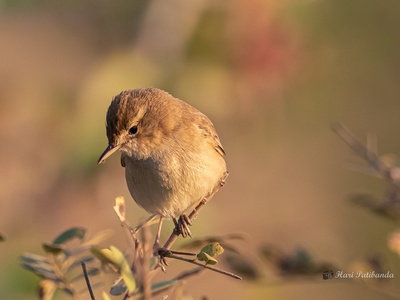
Timor Bush Warbler
A small, secretive “little brown job” that prefers dense undergrowth in montane areas like Mount Ramelau. It is more often heard than seen, with a distinctive insect-like song that reveals its presence to persistent birders.
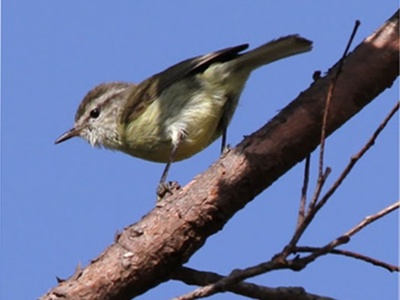
Timor Leaf Warbler
A tiny, active, and olive-green bird found in the canopy of montane and foothill forests. Its high-pitched song is a common sound in places like Mount Ramelau, where it forages restlessly for small insects.
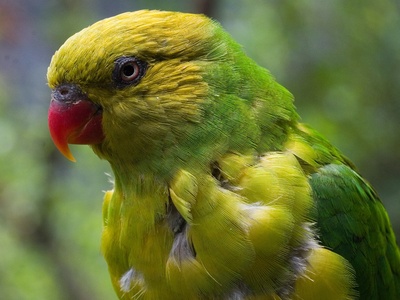
Olive-headed Lorikeet
A small, mostly green parrot with an olive-yellow head. Often seen in noisy, fast-flying flocks in wooded habitats across the country. They are particularly common in agricultural areas with flowering trees.
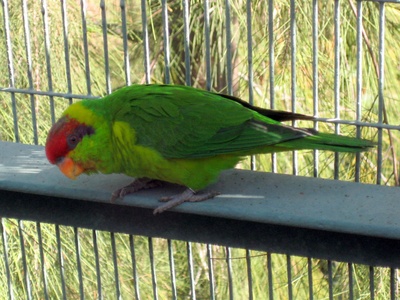
Iris Lorikeet
A stunningly colorful small parrot with a bright red forehead and rainbow-like patches. It inhabits monsoon forests and savanna woodlands, feeding on nectar. Look for this gem in places like Nino Konis Santana National Park.

Yellow-crested Cockatoo
This iconic white parrot with a bright yellow crest is critically endangered due to trapping for the pet trade. Small, protected populations survive in forests, making any sighting exceptionally rare and significant for conservation efforts.
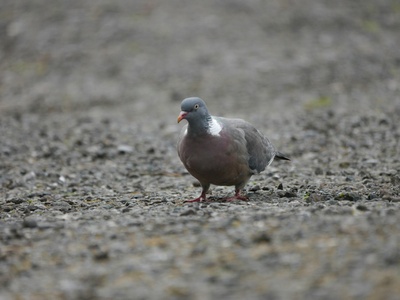
Wetar Ground Dove
A beautiful but extremely shy, ground-dwelling dove of lowland and hill forests. Its rarity and elusive nature make it a ‘holy grail’ for birdwatchers. Its survival depends on the protection of intact forest habitat.
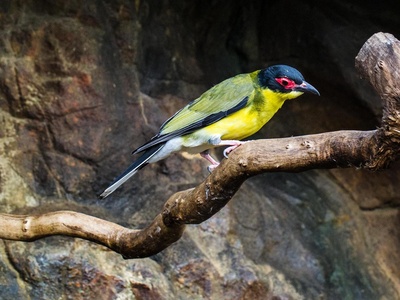
Timor Figbird
A medium-sized, sexually dimorphic bird where males are brightly colored and females are drab. Common in open woodlands and cultivated areas, they gather in noisy flocks to feed on figs and other fruits.
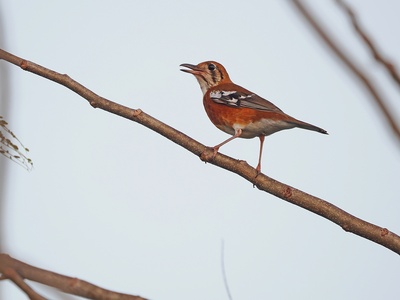
Orange-banded Thrush
A secretive ground-dwelling bird with a striking orange breast-band and patterned wings. It forages for invertebrates in the leaf litter of monsoon forests. Quiet observation is needed to spot this shy bird in lowland forests.
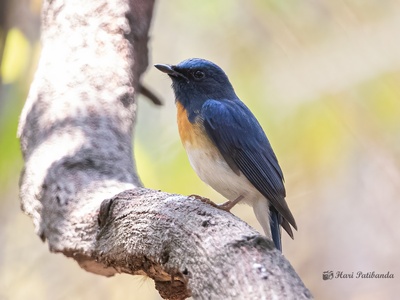
Timor Blue Flycatcher
A small, attractive flycatcher where the male has a deep blue back and orange breast. It inhabits forest understory and is often detected by its pleasant, melodic song. Common in forested areas throughout the country.

Black-breasted Myzomela
A small, active honeyeater with striking black, white, and scarlet plumage. It is common in various habitats, from montane forests to coastal mangroves, feeding on nectar from flowering trees.
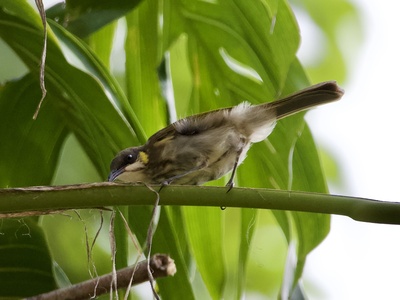
Streaky-breasted Honeyeater
A medium-sized, olive-brown honeyeater with fine streaks on its breast. It is one of the most common and widespread forest birds in Timor-Leste, found from the coast to the mountains. Its loud calls are a characteristic sound.

Fawn-breasted Whistler
A bird with a powerful and melodious song that is far more impressive than its plain plumage. It is a common inhabitant of forests and woodlands, where its beautiful whistling calls are a dominant part of the dawn chorus.

Timor Stubtail
A tiny, wren-like bird with a very short tail that it often cocks upright. It lives in the dense undergrowth of hill and montane forests, making it difficult to see. Listen for its high-pitched, insect-like song.

Saltwater Crocodile
The world’s largest reptile, inhabiting coastal estuaries, rivers, and mangrove swamps, particularly along the south coast. It is a powerful apex predator deeply ingrained in Timorese culture and mythology, respected and feared by local communities.
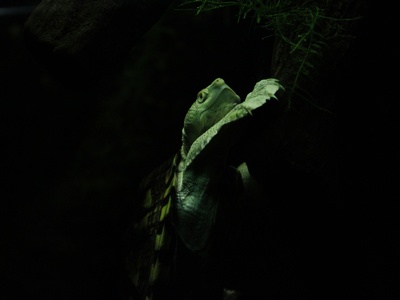
Timor Snake-necked Turtle
A unique freshwater turtle with an extremely long neck, found only in and around Lake Ira Lalaro. It is one of the world’s most endangered turtles, facing severe threats from the illegal pet trade and habitat degradation.
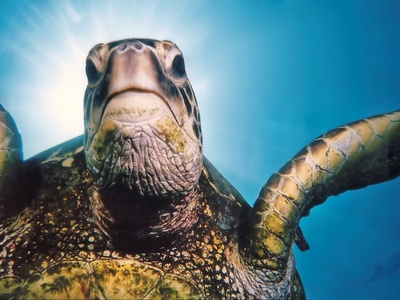
Green Sea Turtle
This large sea turtle is found nesting on beaches along Timor-Leste’s coastline, particularly on Atauro Island and Jaco Island. These areas are vital for its survival, as it faces threats from poaching and habitat loss globally.
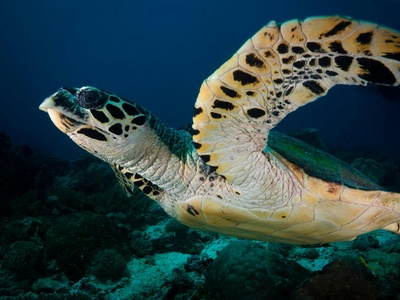
Hawksbill Sea Turtle
Recognized by its narrow, pointed beak, this turtle inhabits coral reefs, feeding on sponges. The pristine reefs around Atauro Island serve as a critical foraging ground for this critically endangered species, which is vital for reef health.
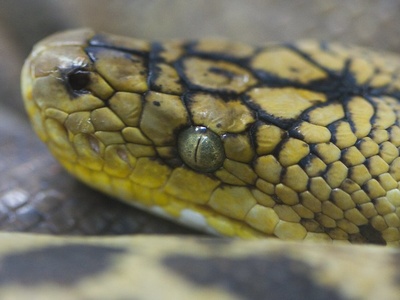
Timor Python
A non-venomous snake that can grow up to 2 meters long. Native to dry, open forests, it is smaller than its mainland relatives. Though not endemic to Timor island, it is a significant part of the local reptilian fauna.
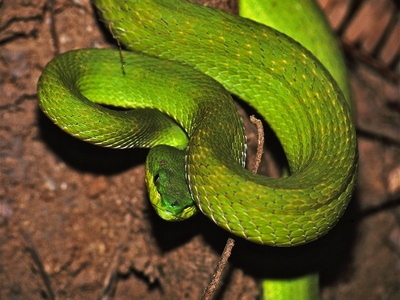
Island Pit Viper
A venomous snake known for its vibrant color variations, including green and a stunning bright blue. It is an ambush predator found in trees and shrubs in forested areas. Caution is advised as its bite is medically significant.
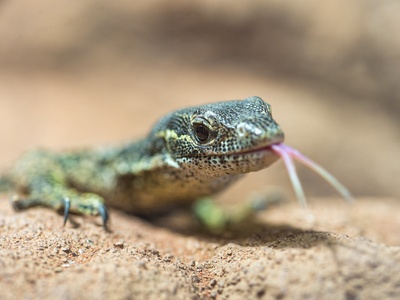
Timor Monitor
A small, agile monitor lizard, typically reaching around 60 cm in length. This tree-dwelling lizard is common throughout the country in various habitats, from forests to agricultural lands, where it hunts insects and small animals.

Emerald Tree Skink
A beautiful, sleek lizard with vibrant green scales that shimmer in the sun. It is an active, diurnal species often seen basking on tree trunks or scurrying through foliage in gardens and forests across Timor-Leste.
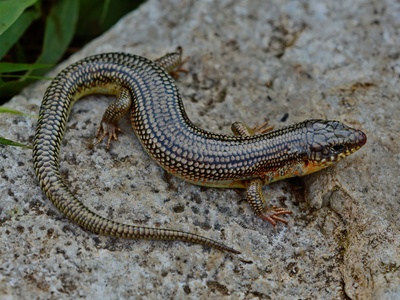
Timor Ground Skink
A secretive, ground-dwelling skink adapted to the island’s monsoon forests. It forages in leaf litter for insects and is rarely seen. Its existence highlights the unique reptile diversity of Timor that is still being studied.
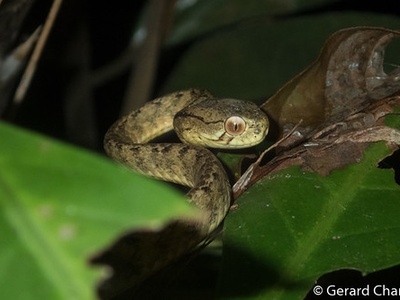
Keeled Slug Snake
A small, harmless nocturnal snake specialized in eating snails and slugs. Its uniquely asymmetrical jaw helps it extract snails from their shells. Found in damp, forested areas, it is a fascinating example of specialized predation.

Timor Tree Frog
A slender, green or brown frog with long legs adapted for climbing. It lives in trees and vegetation near streams and ponds in forested areas. Its distinctive calls are a common feature of the nighttime soundscape.

Rice-paddy Frog
A widespread and adaptable frog found in wetlands, rice paddies, and ditches throughout Timor-Leste. It is a common sight after rains and plays an important role in controlling insect populations in agricultural areas.
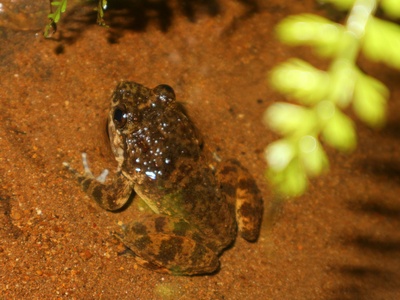
Asian Common Toad
A robust, warty toad that is highly adaptable and often found near human habitation. It is a nocturnal insectivore, commonly seen under streetlights at night hunting for insects. Its presence is widespread across the country.

Clown Anemonefish
The famous ‘Nemo’, this bright orange fish lives in symbiosis with sea anemones on coral reefs. The vibrant reefs around Atauro Island are an excellent place to snorkel or dive to see these iconic fish in their natural habitat.
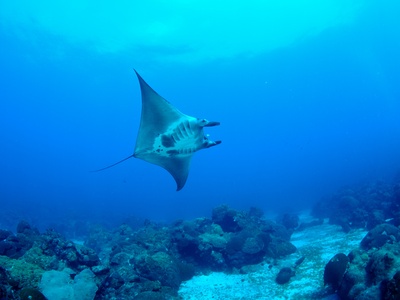
Oceanic Manta Ray
The world’s largest ray, a graceful giant that filter-feeds on plankton in open water. The deep straits north of Timor-Leste are important migratory routes, offering rare opportunities for divers to encounter this magnificent animal.
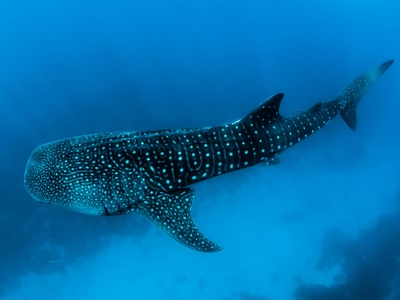
Whale Shark
The largest fish in the sea, this gentle, filter-feeding shark migrates through Timorese waters. Seasonal sightings are a major attraction for marine eco-tourism, especially in the deep channels between Dili and Atauro Island.

Humphead Wrasse
A massive, brilliantly colored reef fish with a prominent hump on its head, reaching over 2 meters. It inhabits coral reefs and is threatened by overfishing. Protected marine areas in Timor-Leste are crucial for its survival.

Bumphead Parrotfish
The largest species of parrotfish, it travels in schools, crunching on coral to feed on algae. The sound of a school feeding is audible underwater. Healthy reefs, such as those around Atauro, are vital for this important reef-grazing species.
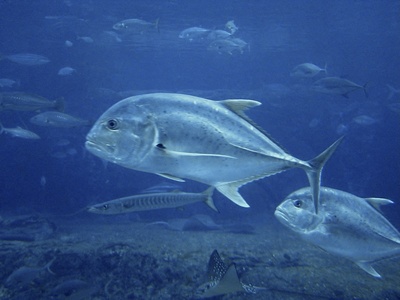
Giant Trevally
A powerful, silver-colored apex predator of the reef, known for its aggressive hunting techniques. It can be seen patrolling reef edges and drop-offs around Atauro and Jaco islands, a thrilling sight for divers and anglers.

Dogtooth Tuna
A large, sought-after game fish with prominent, sharp teeth, inhabiting deep reef drop-offs. The waters of the Ombai-Wetar Straits are a world-class fishing destination for this and other large pelagic species.

Blue-ringed Octopus
A small but highly venomous octopus whose iridescent blue rings flash as a warning when threatened. Found in shallow rock pools and reefs, its presence is a reminder to respectfully observe marine life from a distance.

Giant Clam
The largest bivalve mollusc on Earth, this magnificent creature rests on coral reefs, filter-feeding. Populations exist in Timor-Leste’s protected marine areas, where they contribute to the health and structure of the reef.
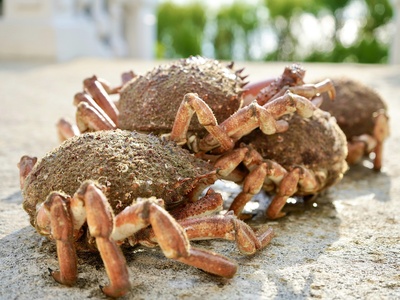
Coconut Crab
The world’s largest land-living arthropod, this giant hermit crab is known for its ability to crack coconuts. It is a nocturnal creature found in coastal forests on islands like Jaco, but is threatened by overharvesting.
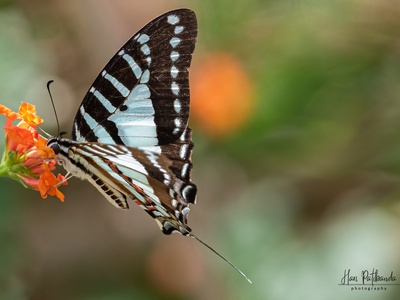
Timor Swallowtail
A large, beautiful butterfly with black wings and a prominent pale band. The Timor subspecies is unique to the island. It can be seen flying in forest clearings and along riverbanks, particularly in wetter months.

Crown-of-thorns Starfish
A large, spiny starfish that preys on coral polyps. While a natural part of the reef, population outbreaks can devastate coral ecosystems. Its presence highlights the delicate balance of Timor-Leste’s pristine marine environments.




